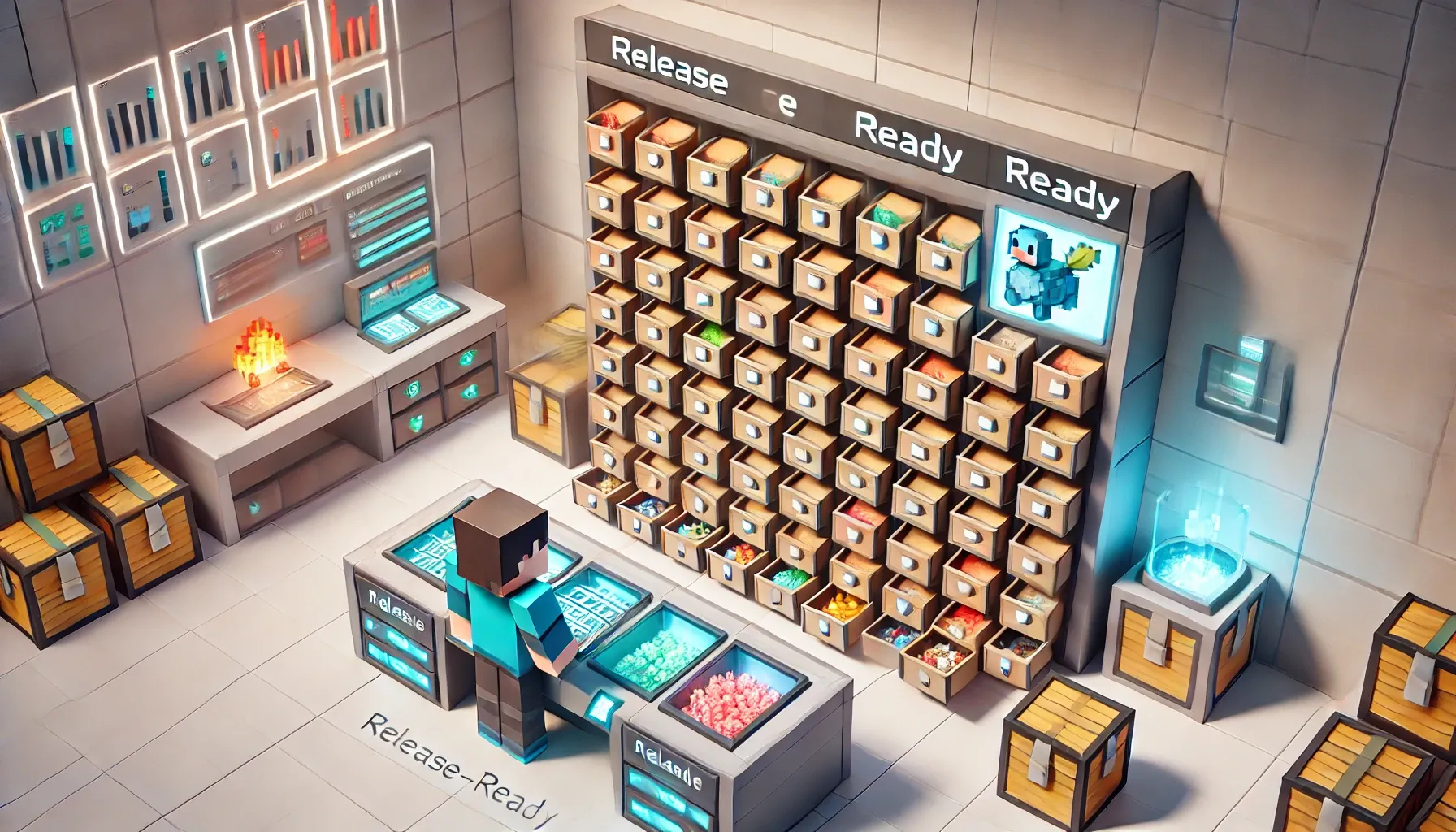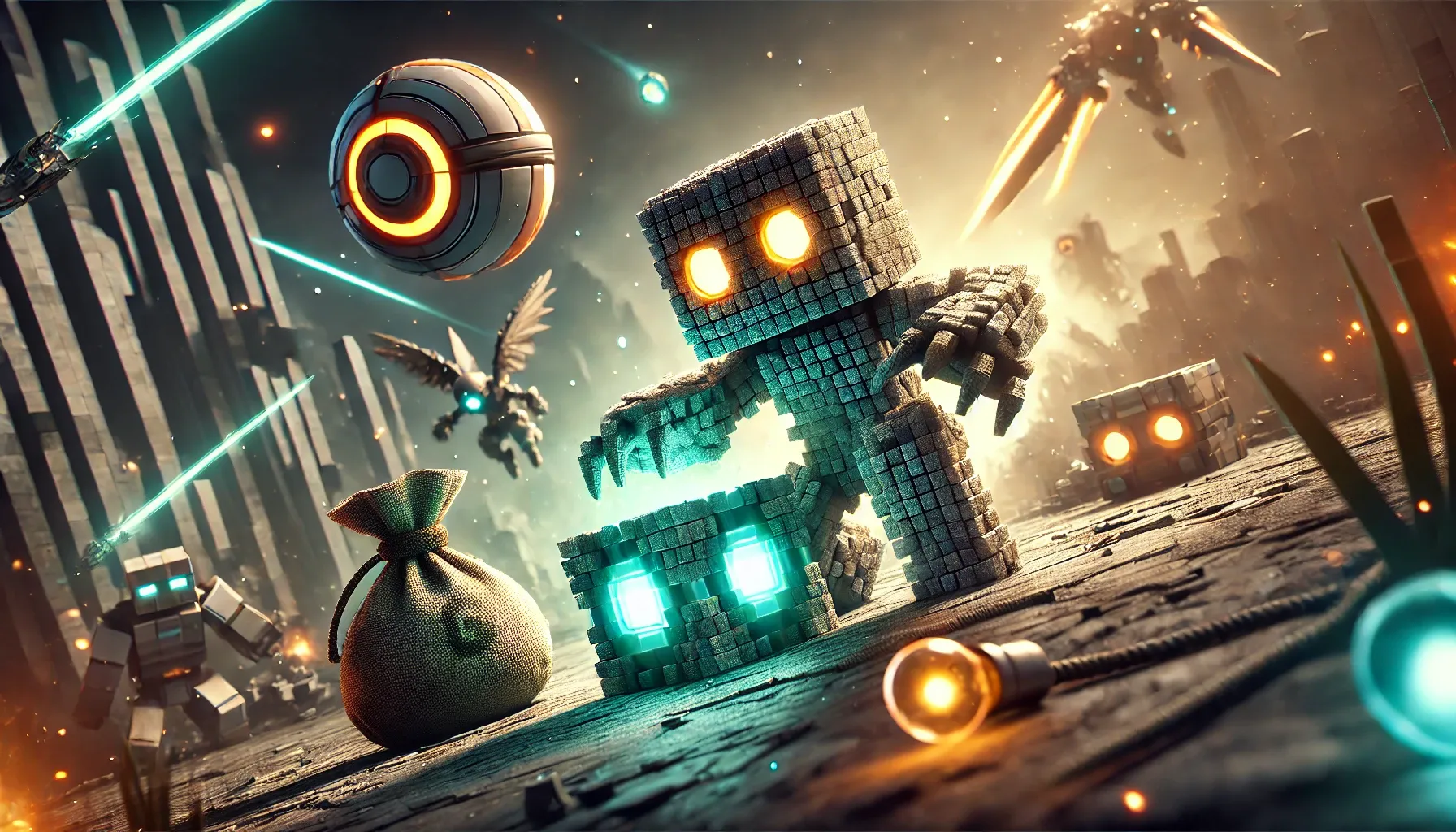In Cobblemon, fossils offer players the chance to bring ancient creatures to life through discovery, excavation, and revival. Using a Resurrection Machine, fossils can be transformed into unique Cobblemon with powerful, often rare, abilities and types. Fossil hunting in Cobblemon isn’t just about gathering; it’s about piecing together the past to form a well-rounded team of battle-ready Cobblemon. Here’s a complete guide covering the types of fossils, their locations, the unique Cobblemon they revive, and advanced strategies for maximizing your fossil-finding adventures.
The Fossil Revival Process and Machine Requirements
Each fossil in Cobblemon can be revived in a Resurrection Machine, a tool essential for transforming fossils into fully formed Cobblemon. The machine must be fully assembled and powered to operate, making it the primary item in the revival process. Once active, simply place the fossil into the Resurrection Machine, which will revive the corresponding Cobblemon with all its stats, types, and abilities. For players keen on filling their collection, assembling this machine should be a priority, as each fossil holds the potential to unlock powerful creatures that are otherwise unobtainable.
Fossil Types, Corresponding Cobblemon, and Prime Locations
Each fossil in Cobblemon has a specific set of locations where it can be found, often tied to distinct biomes or structures. This unique distribution ensures that players must explore different types of environments to collect all available fossils. Here’s a look at each fossil, the Cobblemon it revives, and where you’re most likely to find them:
1. Armor Fossil: Shieldon
- Locations: Eroded Pillar, Lush Den, Mud Pit, Powdered Deposit, Sandy Den, Sunscorched Den
- About: Reviving this fossil brings Shieldon, a Rock/Steel type known for its defensive abilities, into your team. Perfect for stalling and blocking physical attackers.
2. Claw Fossil: Anorith
- Locations: Dripstone Oasis, Frozen Spike, Mossy Pond, Preserved Skeleton, Submerged Impact, Underwater Fissure
- About: This fossil revives Anorith, a Rock/Bug type with high Attack and Speed, ideal for offensive setups and surprise attacks.
3. Cover Fossil: Tirtouga
- Locations: Frozen Pond, Hydrothermal Vents, Preserved Skeleton, Submerged Impact, Vibrant Hydrothermal Vents
- About: Cover Fossil revives Tirtouga, a Rock/Water Cobblemon with excellent defense stats and abilities to withstand physical damage, making it a reliable tank.
4. Dome Fossil: Kabuto
- Locations: Enhydro Agate, Hydrothermal Vents, Rooted Pit, Sunscorched Den, Suspicious Mound
- About: This fossil brings Kabuto back to life, a Rock/Water type with access to powerful moves and abilities focused on swift, hard-hitting attacks.
5. Fossilized Bird: Dracozolt, Arctozolt
- Locations: Birch Tree, Mossy Pond, Oak Tree, Powdered Deposit, Suspicious Mound
- About: Fossilized Bird provides options, reviving either Dracozolt or Arctozolt. Both have unique Electric or Ice abilities, bringing variety and tactical flexibility to your lineup.
6. Fossilized Dino: Arctovish, Arctozolt
- Locations: Frozen Pond, Frozen Spike, Oak Tree, Powdered Deposit, Suspicious Mound
- About: Reviving this fossil yields either Arctovish or Arctozolt, adding type flexibility to your team with Electric and Ice moves perfect for dealing with various threats.
7. Fossilized Drake: Dracovish, Dracozolt
- Locations: Birch Tree, Lush Den, Mud Pit, Preserved Skeleton, Sunscorched Remains
- About: Fossilized Drake revives either Dracovish or Dracozolt, both offering powerful Water and Dragon abilities, ideal for dealing with diverse threats in PvP.
8. Fossilized Fish: Arctovish, Dracovish
- Locations: Dripstone Oasis, Enhydro Agate, Hydrothermal Vents, Preserved Skeleton
- About: With this fossil, you can revive either Arctovish or Dracovish, each combining high durability with strong type coverage to dominate extended battles.
9. Helix Fossil: Omanyte
- Locations: Dripstone Oasis, Enhydro Agate, Sandy Den, Vibrant Hydrothermal Vents
- About: The Helix Fossil revives Omanyte, a Rock/Water type known for defense and support roles, making it a great addition to teams needing durability.
10. Jaw Fossil: Tyrunt
- Locations: Eroded Pillar, Lush Den, Mud Pit, Sunscorched Remains
- About: Jaw Fossil revives Tyrunt, a powerful Rock/Dragon type with high Attack, perfect for players looking for strong offensive options in battle.
11. Old Amber: Aerodactyl
- Locations: Frozen Pond, Lush Den, Oak Tree, Spruce Tree
- About: Old Amber revives Aerodactyl, a Rock/Flying type known for its incredible Speed and offensive prowess, ideal for outpacing opponents in fast-paced battles.
12. Plume Fossil: Archen
- Locations: Birch Tree, Mossy Pond, Rooted Pit, Suspicious Mound
- About: Plume Fossil yields Archen, a Rock/Flying type with high Attack, providing both aerial and rock-based damage that suits hit-and-run tactics.
13. Root Fossil: Lileep
- Locations: Hydrothermal Vents, Rooted Pit, Sandy Den, Underwater Fissure
- About: Root Fossil revives Lileep, a Rock/Grass type known for bulk and recovery moves, ideal for outlasting opponents with defensive tactics.
14. Sail Fossil: Amaura
- Locations: Frozen Pond, Frozen Spike, Spruce Tree
- About: Sail Fossil revives Amaura, a Rock/Ice type with solid special attacks, perfect for countering flying and dragon types.
15. Skull Fossil: Cranidos
- Locations: Birch Tree, Mossy Pond, Mud Pit, Oak Tree
- About: Skull Fossil revives Cranidos, a Rock type with extremely high Attack, making it a valuable choice for offensive teams.
Advanced Fossil-Hunting Tips
To increase efficiency, it’s essential to understand Cobblemon's excavation mechanics and how to organize a fossil hunting route. When searching, prioritize known fossil-rich biomes and structures like Suspicious Mounds and Frozen Ponds. Using a Brush tool on Suspicious Sand or Suspicious Gravel blocks helps you excavate fossils safely, revealing them without risk of damage. For more consistent fossil gathering, experienced players recommend maintaining a route across several biomes, revisiting locations where fossils are more likely to spawn.
Organizing fossils by type or biome also keeps your collection manageable and makes tracking easier. Create a system to keep track of which fossils you’ve already revived and which you still need. This habit ensures that each hunting trip remains productive and avoids clutter in your collection boxes.
Pair fossil hunting with other resource-gathering or exploration activities to make the most out of your travels. For instance, while searching for fossils, gather resources like ores or encounter wild Cobblemon to train your team, enhancing efficiency and variety in each session.
Conclusion
Fossil hunting in Cobblemon adds an exciting layer of depth to gameplay, blending discovery, collection, and strategic team-building. By mastering excavation techniques, identifying prime locations, and organizing your hunts, you’ll create a diverse team of fossil Cobblemon that add strength and resilience to your roster. Whether you’re looking for defense-heavy Cobblemon like Shieldon or swift attackers like Aerodactyl, Cobblemon’s fossil mechanics reward exploration and resourcefulness. With a little patience and strategic planning, you’ll soon have an impressive collection of ancient Cobblemon, ready to take on any challenge!



